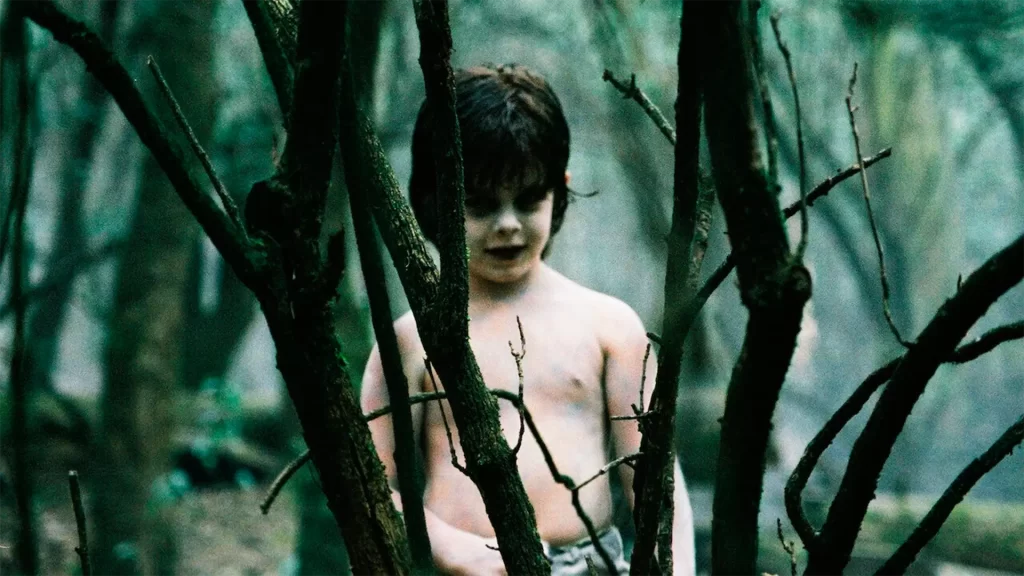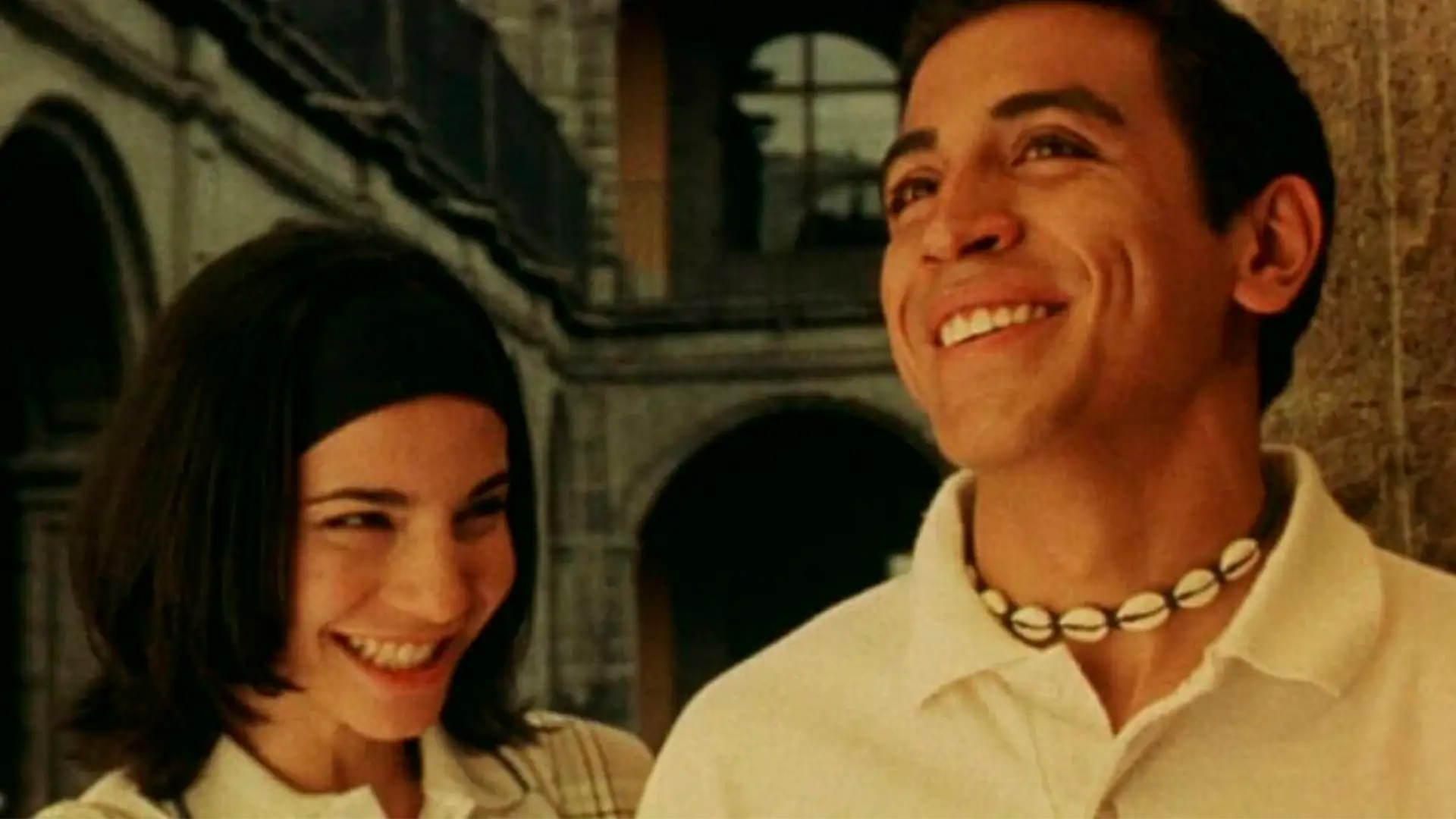Mexican cinema has crossed boundaries and has managed to leave an immutable mark in the world of cinema worldwide. If we look back to its beginnings, we find great productions full of essential ingredients in each of its genres.
In this Hispanic Pride Month which we celebrate in the USA, it is of great importance to remember and put on the table all the milestones that come from Mexican cinema, as it has managed to stand out since its golden age, through its romantic comedies or horror films. We will delve into some of the great moments of its history and celebrate the cultural richness and achievements that Mexican cinema has provided to the film industry.

From the 1930s to the 1950s, we find ourselves in the so-called “golden age” of Mexican cinema. This is a fundamental stage in its history, a chapter full of success where Mexico represented the origin of film production. The golden age began at a time of social and political change. Cinema played a very important role in the transformation process, becoming an essential element of expression. Films told stories of Mexican society, touching on issues such as identity or justice and exposing the obstacles they faced.
In this era we find great directors such as Emilio “El Indio” Fernández with his plays “Flor silvestre” or “María Candelaria” starring the great Dolores del Río. Or with Fernando de Fuentes representing the Mexican Revolution with plays like “¡Vámonos con Pancho Villa!”. In addition, we find great names such as Pedro Infante, Cantinflas or María Félix, who became emblems of the big screen, enamoring the masses with their way of acting.

Moving into the romantic comedy genre, we find productions in which there is a mix of passion and humor, as well as cultural symbolism and authenticity. Fernando Sariñana with “Amarte duele” or Alfonso Arau with “Como agua para chocolate”, represent the entanglements of love and also deal with themes of identity, sexuality and self-discovery in a context of great cultural relevance.
From the perspective of Mexican horror, which has experienced a remarkable escalation in recent times, we observe how it has made clear its great talent to explore themes full of darkness and mystery without forgetting to represent its culture.

Films such as “Kilómetro 31” by Rigoberto Castañeda or “El esqueleto de la señora Morales” by Rogelio A. González, have been a great success among viewers thanks to the incorporation of Mexican mythological elements into horror. Rogelio A. González, have been a great success among spectators thanks to the incorporation of Mexican mythological elements into horror. This unique fusion has given rise to a subculture full of personality within horror cinema.
In conclusion, Mexican cinema has made clear, thanks to its countless successes in the world of cinema, the great role it plays in the industry and how much it has contributed throughout its history. From the golden age to the most current works, it has made audiences fall in love and transmitted its culture, breaking down barriers and proving its worth in a wide variety of genres. This Pride Month we celebrate Mexico’s cinematic trail and the great impact of the Hispanic community in the United States. The films are a showcase for the tradition, interests and turmoil of Mexican society, as well as a constant reminder of the talent.








































Leave a Reply